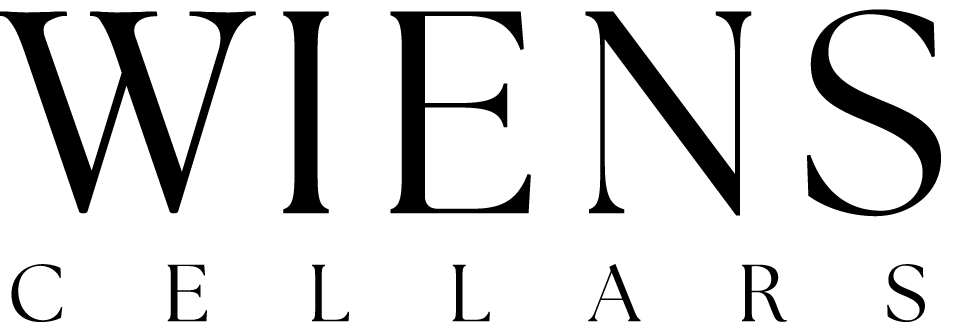HOW DO YOU DETERMINE WHAT PRICE TO CHARGE FOR A PARTICULAR BOTTLE OF WINE?

There are a number of factors used to price a wine, but the main ones in order of importance are overall quality, availability, and production cost. If you’re wondering why the wine’s age wasn’t mentioned as a pricing factor, that’s because a wine’s age only contributes very slightly to price, and that small contribution is mostly related to scarcity, not age itself. You can’t age a mediocre wine into goodness – it just does not happen that way.
In general, high quality and therefore high priced wine is recognized very early in the winemaking and aging process. We usually can tell even before grapes are harvested from a particular vineyard whether the wine made from that fruit will be great or not. What indicates quality? Small berries, deep color, a well-managed low-vigor vine canopy, absence of disease, and taste/tannins of the pre-harvest fruit all pretty much tell us what we’re going to get in the finished wine.
Do we get surprised sometimes? Yes, but for the most part we know early how good the vintage will be. Most certainly after about three months into a new wine’s life, it’s already shown its potential. How can we justify charging a very high price for a wine only two or three years old? Because its quality is set and we can predict from experience how it will age. Unless we for some unusual reason think it will fall apart with age, we’re generally confident that a great young big red will be a great mature one.
As a wine begins its journey through the sales life cycle, when first released there is usually abundance, so quality (as our tasting panel sees it from pre-release discussion) determines price. Sometimes, our internal winery judgement of quality differs slightly from our customer base, so we adjust the price down if our sales numbers are cold. With very fast sales compared to other wines on our list, the price may be increased. These variations in demand drive the price to line up with wine quality in the eyes of our customers – you ultimately as a group determine or at least strongly influence price.
Later in the cycle when supply gets low, price tends to increase – classic supply/demand price impact. This same influence comes into play if a winery has a “cult” wine that boasts status everybody wants. In this case, the higher price is driven by high demand instead of low supply. Sometimes a winery can charge several times the initial release price of a wine when it reaches “last-drop” status.
The emotional demand for an individual bottle can become astronomical if you can’t get it! Same effect as scarcity, just on the opposite side of the equation. On the other hand, if every winery up and down the street has the same wine variety with similar quality, prices are depressed due to high supply and competition. Don’t you just love capitalism?
The third most important driver of wine price, production cost, has some effect but less than you might think. For our direct-to-consumer winery model (wine sold mostly through tasting room & wine clubs, the Temecula standard) it costs us much more to create and run the retail environment than the cost of producing the wine. Among the production inputs to make a bottle, fruit cost is the highest contributor. We spend a huge amount every year to ensure we grow the best fruit, which makes the best wine, which allows us to charge a premium price. Still, if you think about it, even this factor goes back as a contributor to quality, the overwhelmingly main factor in price.
So, bottom line – don’t become obsessed with a wine’s age to decide what you want to pay for it. Seek out quality. Taste it! If you like it, trust your senses and trust that if it’s a good young big red it will age gracefully. Drink the lighter ones earlier, the bigger ones later. Great wines start great and finish the same way!
Cheers!
Doug Wiens, Director of Winemaking
